Essentials for Camping in Winter (Must-Haves, Mistakes to Avoid, & What to Pack)

Winter camping in Australia can be unforgettable… in the best or worst way. Crisp mornings, quiet campsites, and starry skies? Magic. But freezing at 2am in a damp swag because you didn’t pack right? Not so much. Whether you’re heading to the bush, coast, or high country, this guide covers the must-have essentials for camping in winter, the common rookie mistakes, and exactly what to pack for a warm, safe, and stress-free winter adventure.

1. A Proper Sleeping Setup (Hammock, Swag, or Tent)
The cold hits hardest overnight, especially from underneath. Many campers assume their usual summer setup will do, but winter demands more (like, a lot more).
-
Insulated sleeping mat: Even if you’re in a tent or swag, the ground steals body heat fast. A decent mat adds essential insulation.
-
Four-season sleeping bag: Look for a bag rated to at least -5°C if you're heading inland or up high.
-
Nakie hammock + bug net + tarp: Want to get off the cold ground altogether? Nakie’s hammock is a no-brainer for winter. Pair it with the bug net (to trap warm air and block bugs) and rain tarp for shelter from rain or wind.
Related read: Why Nakie’s hammock makes the best gift for adventurers
2. Warm Layers (And We Mean Real Layers)
Packing the right clothing is everything. Forget cotton – it soaks up sweat and stays cold. You want layers that insulate and breathe. Pack this:
-
Base layer: Merino or synthetic thermal top and leggings
-
Mid layer: Fleece or down jacket
-
Outer layer: Waterproof shell (even if rain isn’t forecast)
-
Warm accessories: Beanie, neck gaiter or buff, gloves, thick socks
Layering helps you adapt to changing temps without sweating it out or freezing when the sun dips.
Mistake to avoid: Only packing one jumper and thinking you’ll “just wear that.” That’s how you end up in bed at 7pm.

3. Puffy Blankets
Even if you’re moving around all day, there comes a time when you’re sitting still (by the fire, at camp, or under the stars), and that’s when the cold really bites. Jackets help for sure, but a Nakie puffy blanket is next-level comfort.
It’s made from 54 recycled plastic bottles, yet it feels soft, warm, and surprisingly luxurious. It’s rated to keep you comfy down to 5°C and weighs just 780 grams, so it won’t bulk out your pack or slow you down. Plus, it rolls into a compact stuff sack (15cm x 40cm), making it easy to carry on hikes, strap to your pack, or toss in the car for spontaneous overnight camping.
The water-resistant outer coating adds a layer of protection from mist, dew, or that mate who knocks over their drink. And it’s not just for sitting still; you can clip it around your shoulders with the built-in cape clip, freeing up your hands to cook, drink, or take photos without the cold creeping in.
What really makes it a winter camping essential is its versatility. Use it as an extra layer in your sleeping bag, as a wraparound blanket by the fire, or even as a picnic rug when the sun peeks out. And because it’s 100% animal-free, it’s warm without the weight (or guilt). For eco-conscious adventurers, it ticks the comfort box and the sustainability one.
Related read: Top 10 gifts for campers
4. Cookware for Hot Meals
Your body burns more energy just staying warm in winter. You need warm, hearty meals and hot drinks to keep your energy (and mood) up. Consider packing:
-
Lightweight stove (Jetboil, Trangia, or similar)
-
Gas canister with winter blend fuel (regular gas may fail in cold)
-
Prepped meals you can heat quickly (soups, pasta, curries)
-
A decent insulated mug and thermos
-
Reusable cutlery and bowls that won’t freeze your fingers
Mistake to avoid: Only bringing muesli bars and hoping the fire’s enough to cook with. Fires are great, but they’re slow, messy, and unreliable in wet conditions.

![]() 5. Rain & Moisture Protection
5. Rain & Moisture Protection
Rain, dew, and mist are all more likely in winter. Even without a downpour, cold moisture can ruin your gear and your camping experience fast. So add these items to your packing list:
-
Rain jacket and pack cover: For hiking or exploring during the day.
-
Dry bags or ziplock storage: For clothes, sleeping gear, and electronics.
-
Fast-drying towel: The Nakie sand-free towel is perfect here. Lightweight, dries fast, and packs small (don’t let the beachy name fool you, it’s great in winter too).
-
Shelter options: A Nakie rain tarp isn’t just for hammock setups. Use it as a cooking shelter, extra windbreak, or dry storage zone.
Mistake to avoid: Leaving your gear out overnight. Even clear skies often mean heavy dew or frost by morning.
6. Good Lighting
Winter sunsets sneak up on you quickly. You don’t want to get caught in the dark trying to cook or find your toothbrush (or find the loo at midnight). So make sure you pack the following lighting gear:
-
Headlamp with spare batteries
-
Lantern for cooking/eating area
-
Fairy lights or solar lights for a cosy touch
-
Power bank (cold temps drain battery life faster)
Don’t Forget These Cold-Weather Lifesavers
It’s the little things that keep you comfortable (and sane) when camping in winter. These simple items don’t take up much room, but forgetting them can make your trip way harder than it needs to be:
-
Lip balm (windburn is no joke)
-
Wet wipes (for hands and face on frosty mornings)
-
Tissues or toilet paper in a ziplock
-
Rubbish bags for wet or dirty gear
-
Lightweight gloves (even for packing up camp)
-
Backup lighter or waterproof matches
Common Winter Camping Mistakes to Avoid
Let’s save you from some classic rookie errors:
-
Underestimating overnight temps
-
Wearing cotton (it soaks sweat and stays cold)
-
Skipping insulation under your sleeping bag or hammock
-
Not bringing enough warm clothes
-
Assuming bugs are gone (they’re not – just sneakier)
-
Leaving wet gear packed or out in the open
Don’t Just Survive Winter Camping, Actually Enjoy It
With the right gear, winter camping isn’t just bearable, it’s possibly the best time to go camping. Fewer crowds, no mozzies buzzing in your ear, crisp starry skies, and hot drinks by the fire? Yes, please.
Just remember the basics: stay warm, stay dry, and sleep smart. Nakie’s gear – like the puffy blanket, rain tarp, bug net, and hammock – was made for big camping adventures. Lightweight, tough, and enjoyable to use, it’s gear that works with you, not against you.
Shop the Nakie collection today
FAQs
Can you use a puffy blanket instead of a sleeping bag?
Yes, for mild winter nights or as a top layer, a puffy blanket like Nakie’s can absolutely do the job. It’s rated to 5°C, so if you’re in colder conditions, pair it with a sleeping bag or thermal liner underneath for extra warmth.
What’s better for winter: a swag, tent or hammock?
It depends on your setup. Swags are warm but bulky, tents can trap condensation, and hammocks (with proper insulation and a tarp) keep you off the cold ground. Nakie’s hammock + tarp + bug net combo is ideal for a lightweight, dry, and off-the-ground winter sleep system.
What should I wear to sleep when camping in winter?
Go for moisture-wicking base layers (merino or synthetic), warm socks, and a beanie. Avoid bulky clothes or cotton. Bring a change of dry clothes just for sleeping to stay warm and comfortable all night.
How do I stay warm while sitting around camp?
Layer up, block the wind, and use an insulated blanket like the Nakie puffy blanket with the cape clip to stay hands-free. A chair with insulation helps, too. And hot drinks? Always a win.
How do I keep gear dry when it’s cold but not raining?
Even on clear nights, dew and condensation can soak your gear. Use a rain tarp or shelter for gear storage, pack everything in dry bags, and avoid leaving anything textile directly on the ground overnight.
 Bündeln & Sparen
Bündeln & Sparen
 NRL Products
NRL Products
 Hängematten
Hängematten
 Tote Bag
Tote Bag
 Strandtuch
Strandtuch
 Kapuzenhandtücher
Kapuzenhandtücher
 Protein Bar
Protein Bar
 Picknickdecken
Picknickdecken
 Daunendecken für den Außenbereich
Daunendecken für den Außenbereich
 Rucksack, Plane und Insektennetz
Rucksack, Plane und Insektennetz

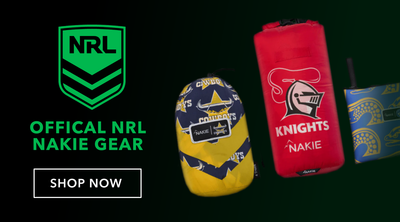
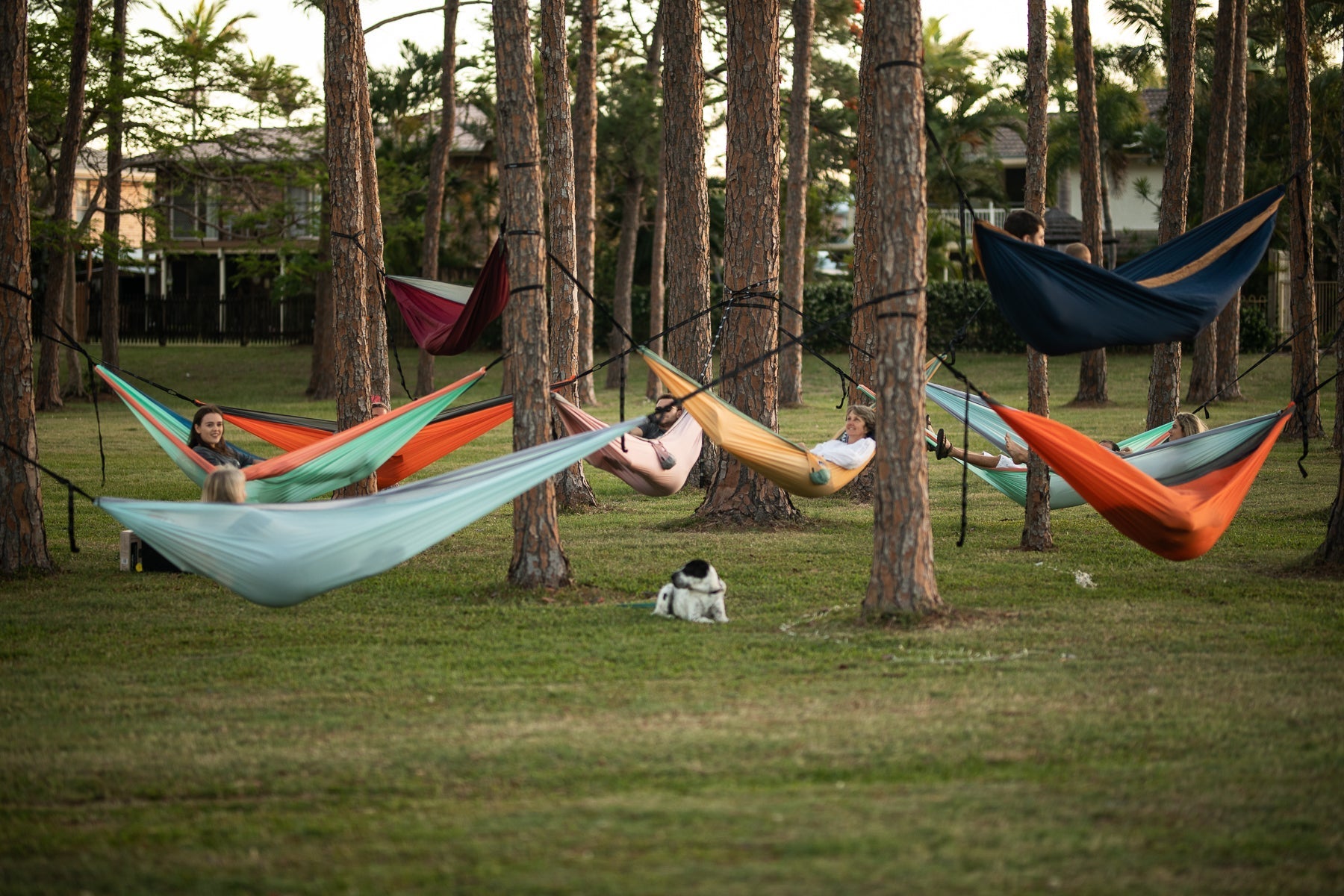
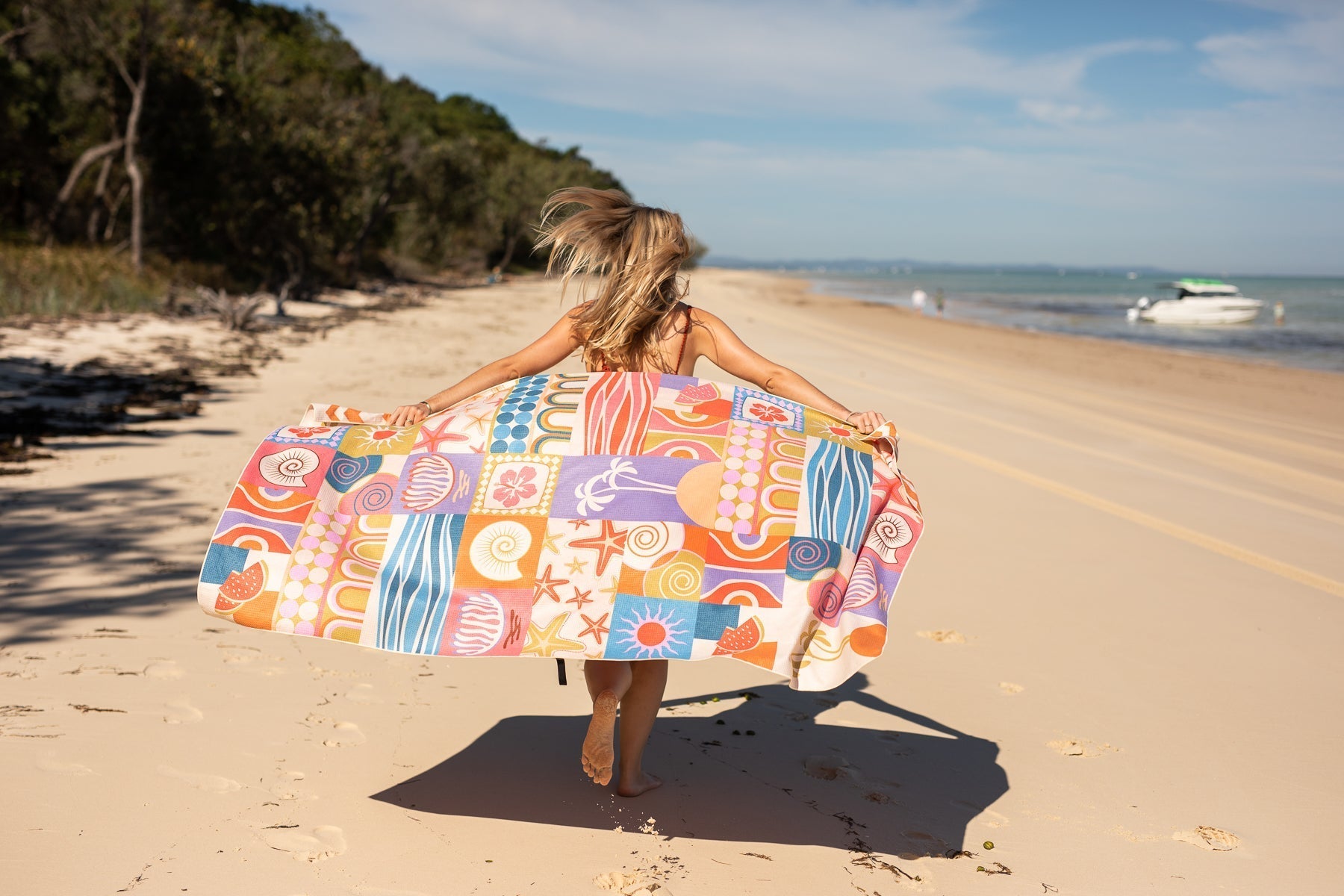
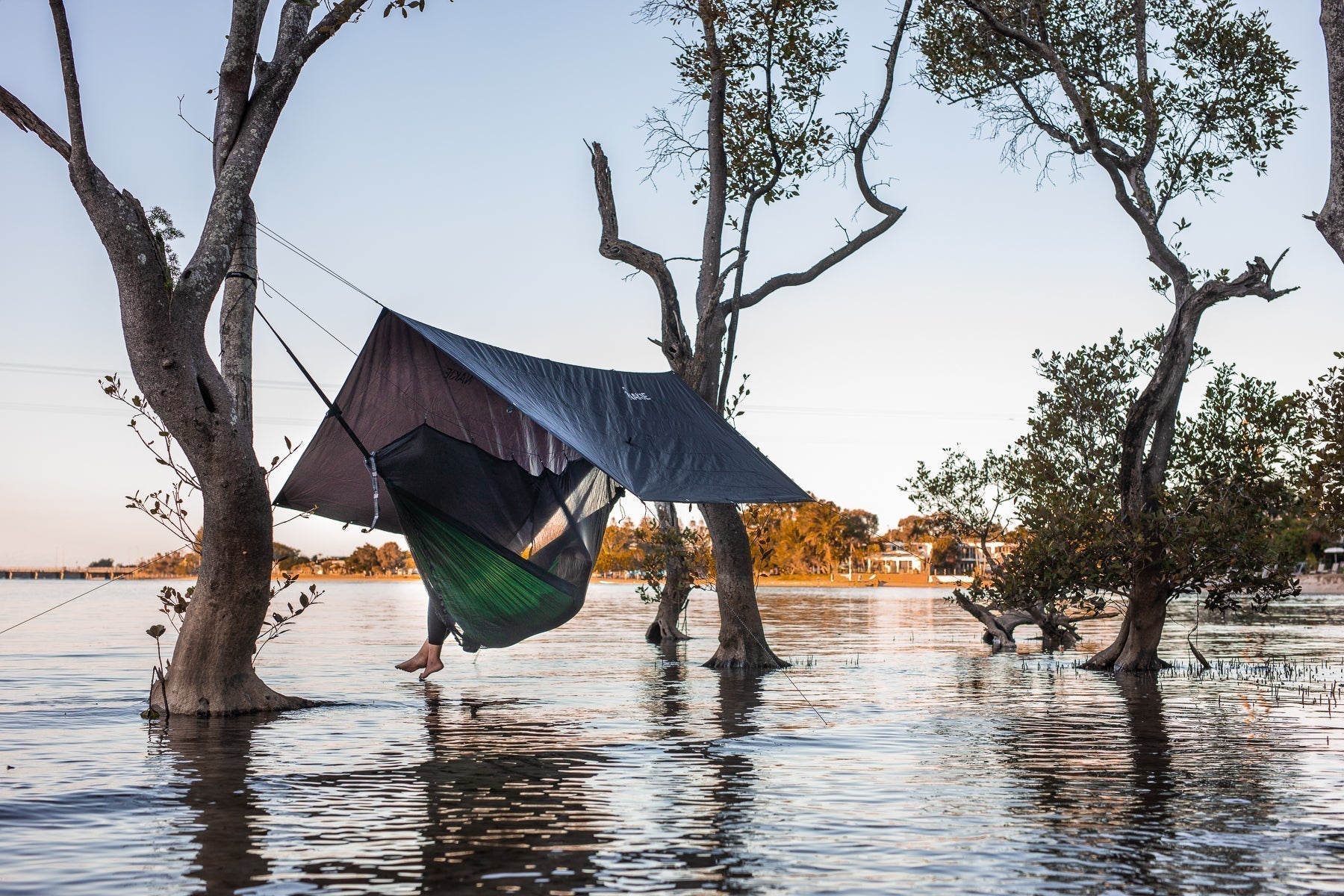
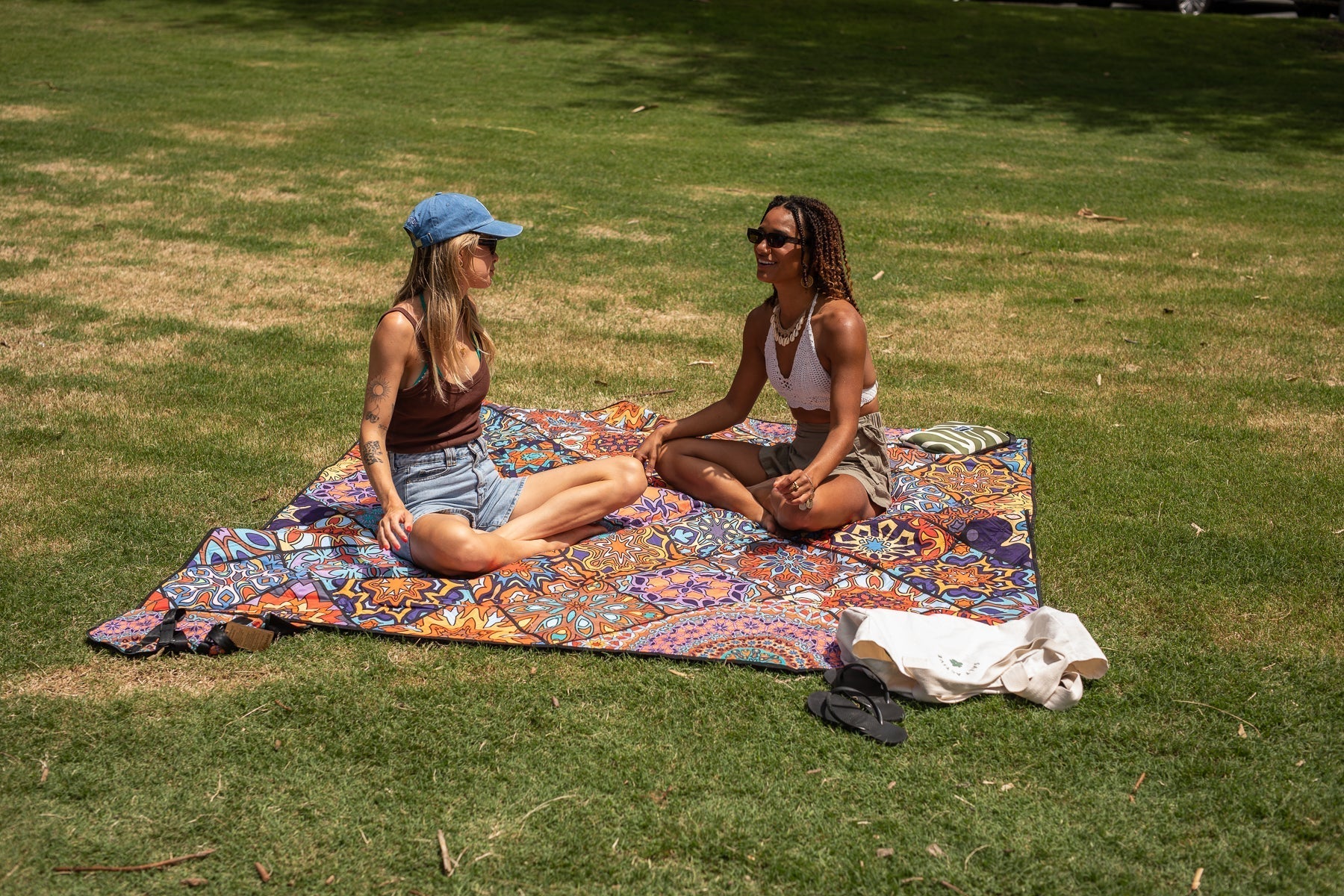
Leave a comment